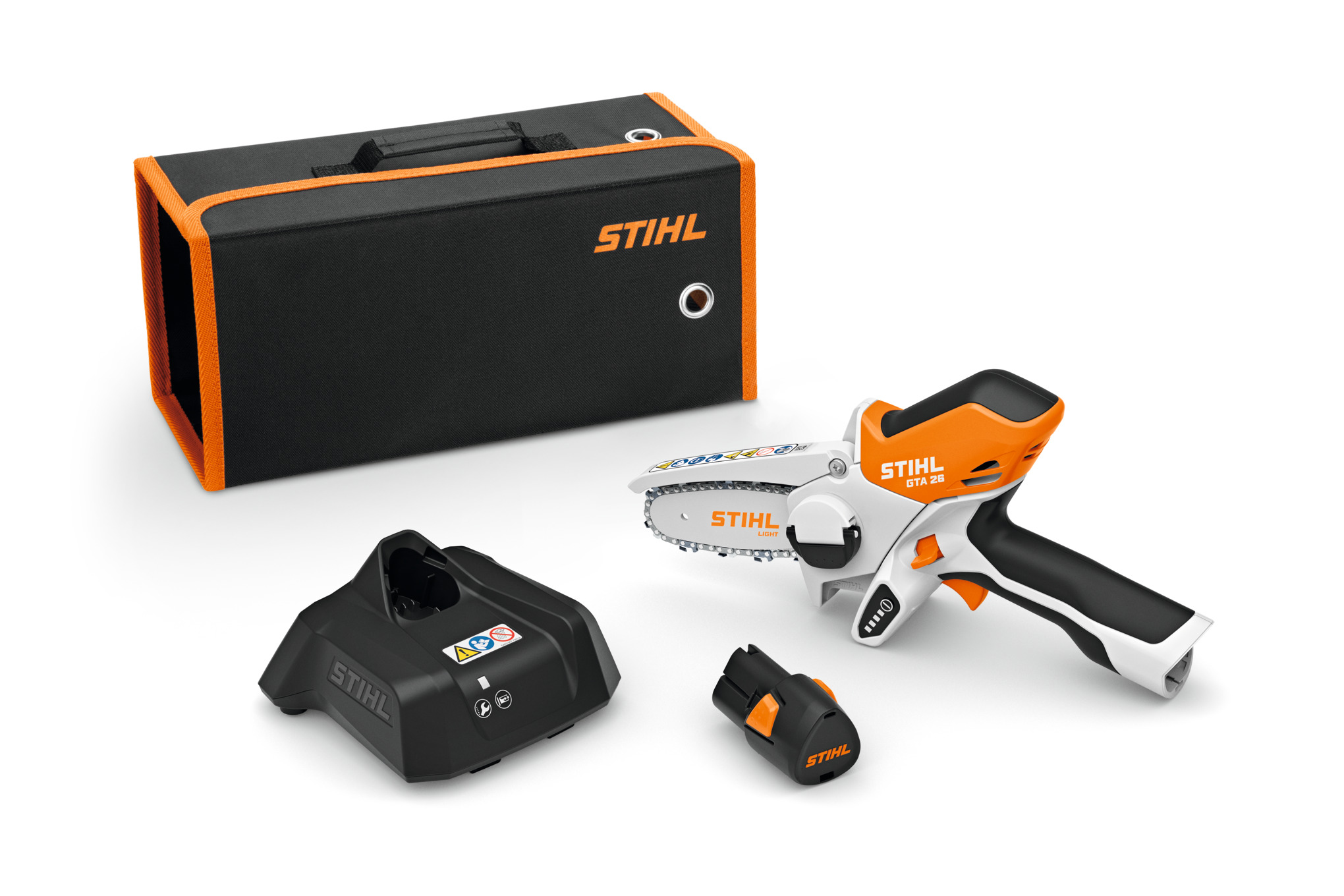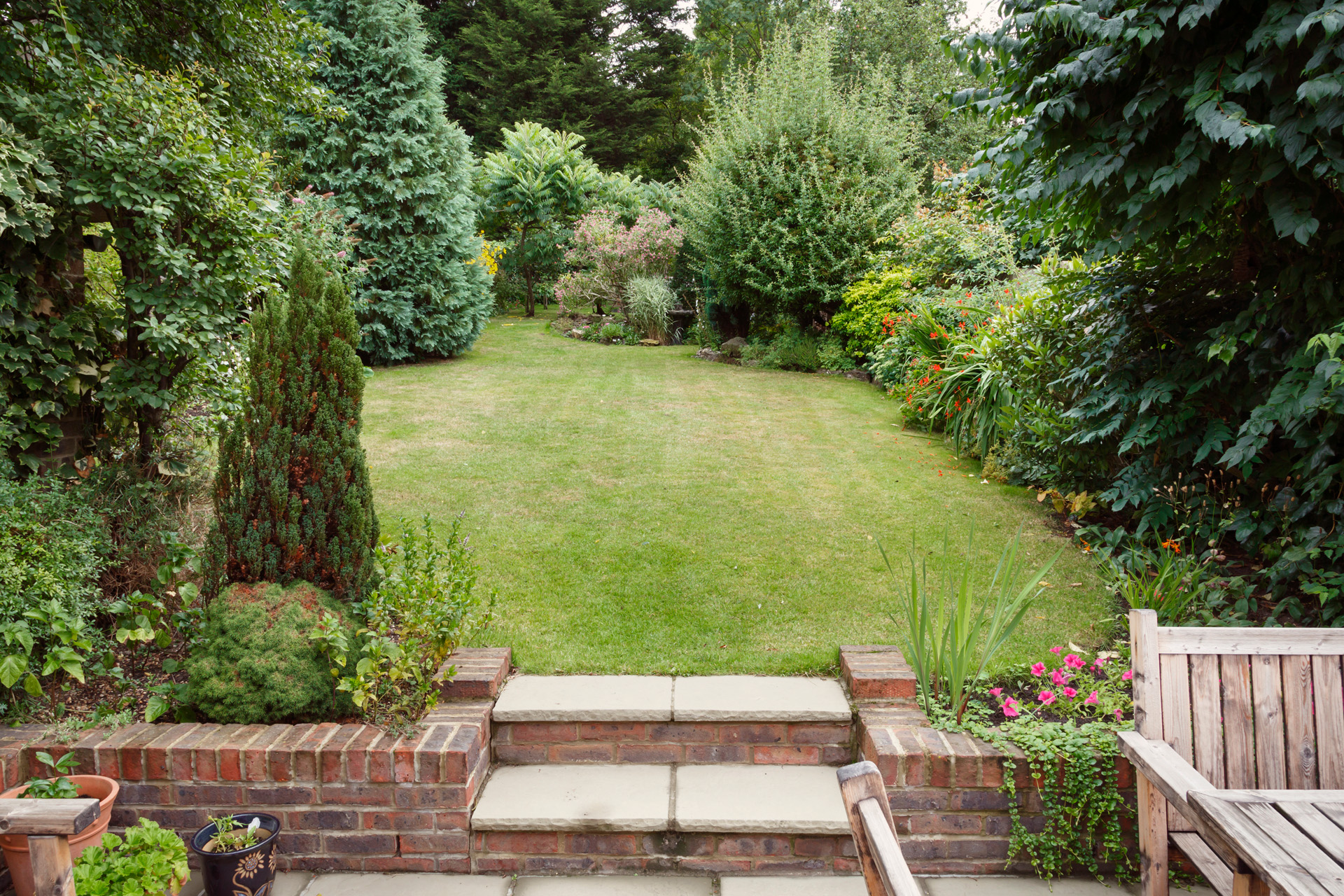Amount of work needed
Depending on the tree species, the amount of work and requirements differ considerably in some cases. Deep-rooted trees require less watering, while flat-rooting trees can push up patio slabs if you do not ensure sufficient spacing.
In the case of small fruit trees, it should be noted that falling fruit is associated with additional work, but also with the joy of harvesting. Blossoming trees drop petals that need to be swept away.
Which short trees are best suited for small gardens?
If you are choosing a small or short tree for your garden or front yard, you have many different options. Whether columnar and slender, overhanging or spherical – the type of tree depends both on your personal taste and the individual properties of your garden.
Different types of small trees are more suitable for a shaded or part-shaded garden, for example, than for a sunny garden. If you have children or pets in your household, you should avoid poisonous and thorny trees. The following overview provides you with the most important information on popular small trees for front yards and tightly spaced gardens.













